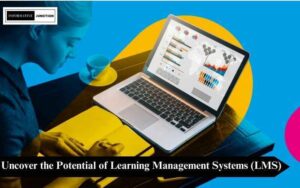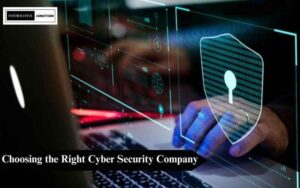In the dynamic landscape of contemporary education, the pedagogical paradigm is undergoing a profound transformation through the adoption of Blended Teaching Learning. This innovative approach seeks to harmonize the traditional classroom setting with the vast possibilities offered by online learning, creating a holistic and enriched educational experience. In this comprehensive exploration, we will unravel the layers of blended teaching and learning, delving into its nuances, benefits, challenges, and its profound implications for the future of education.
Understanding the Essence of Blended Teaching and Learning
Blended Teaching and Learning Defined
Blended teaching and learning is a pedagogical fusion that seamlessly integrates traditional face-to-face instruction with digital learning experiences. This hybrid model capitalizes on the strengths of both conventional teaching methods and cutting-edge online tools, aiming to optimize the educational journey for students.
The Dynamic Components of Blended Learning
- In-Person Instruction: Bridging Tradition and Innovation
The traditional classroom setup remains a cornerstone of blended learning, fostering direct interaction between educators and students. This face-to-face engagement builds a sense of community, collaboration, and interpersonal skills. - Online Learning Modules: A Gateway to Flexibility
Supplementing in-person classes, online learning modules provide a flexible avenue for students to access educational content at their own pace. These modules often incorporate multimedia elements, quizzes, and interactive activities, enriching the learning experience.
Advantages of Blended Teaching and Learning
1. Personalized Learning Paths: Nurturing Individual Growth
Blended learning facilitates personalized learning paths, tailoring educational experiences to individual student needs. Through online assessments and adaptive learning platforms, educators can identify specific areas of strength and weakness, allowing for a customized learning trajectory.
2. Increased Accessibility: Breaking Geographical Boundaries
The integration of digital elements enhances the accessibility of education. Students can now access resources from anywhere, dismantling geographical barriers and ensuring that the pursuit of knowledge is not confined to the traditional classroom setting.
3. Enhanced Engagement: Fostering Active Participation
The amalgamation of in-person and online activities elevates student engagement. Interactive online content, virtual discussions, and collaborative projects contribute to a more dynamic and participatory learning experience, keeping students actively involved in their education.
4. Flexibility for Diverse Learning Styles: Catering to Varied Preferences
Blended teaching and learning cater to diverse learning styles. Visual learners may benefit from multimedia-rich online content, while others may thrive in a traditional classroom setting. This flexibility accommodates a broad spectrum of student needs and preferences.
Challenges and Considerations in Implementing Blended Teaching and Learning
1. Technological Barriers: Navigating the Digital Divide
While technology is a powerful ally in blended learning, it can pose challenges for both students and educators. Disparities in access to reliable internet, digital devices, and technical proficiency can impact the effectiveness of online components.
2. Balancing Workload: Striking a Harmonious Blend
Creating a balanced blend of in-person and online activities requires meticulous planning. Educators must carefully consider the time and effort required for both traditional teaching and the development of engaging digital content.
3. Training for Educators: Empowering Teachers for Success
The successful implementation of blended teaching and learning hinges on educators being proficient in both traditional and digital teaching methods. Continuous professional development is crucial to ensure teachers can navigate this evolving landscape effectively.
Strategies for Implementing Blended Teaching and Learning
1. Robust Learning Management Systems (LMS): Centralizing Educational Resources
Investing in a reliable Learning Management System is fundamental to the success of blended learning. An LMS provides a centralized platform for course materials, assessments, and communication, streamlining the learning experience for both educators and students.
2. Collaborative Pedagogical Approaches: Sharing Best Practices
Encourage collaboration among educators to share best practices and develop innovative teaching strategies. Establishing a supportive community can help address challenges and foster a culture of continuous improvement in blended teaching and learning.
3. Student-Centric Design: Prioritizing the Learner’s Experience
When developing online content, prioritize a student-centric design. Ensure that materials are not only accessible but also engaging, aligned with learning objectives, and capable of accommodating diverse learning preferences. Add multimedia components to improve the educational process as a whole.
Envisioning the Future of Education
As technology continues its relentless march forward, and the educational landscape evolves, the concept of blended teaching and learning stands as a beacon illuminating the path to a transformed educational future. By seamlessly integrating the strengths of traditional and digital methods, educators can create a more inclusive, flexible, and engaging learning environment.
Conclusion
The journey towards effective education necessitates an openness to innovation and a willingness to adapt to the changing needs of students. Blended teaching and learning represents a potent tool in this journey, offering a dynamic and holistic approach that has the potential to revolutionize the way we teach and learn. As we navigate the challenges and capitalize on the opportunities presented by this model, we not only enhance the educational experience but also pave the way for a more vibrant and accessible educational landscape.
Read More Informative Blogs on Informative Junction




